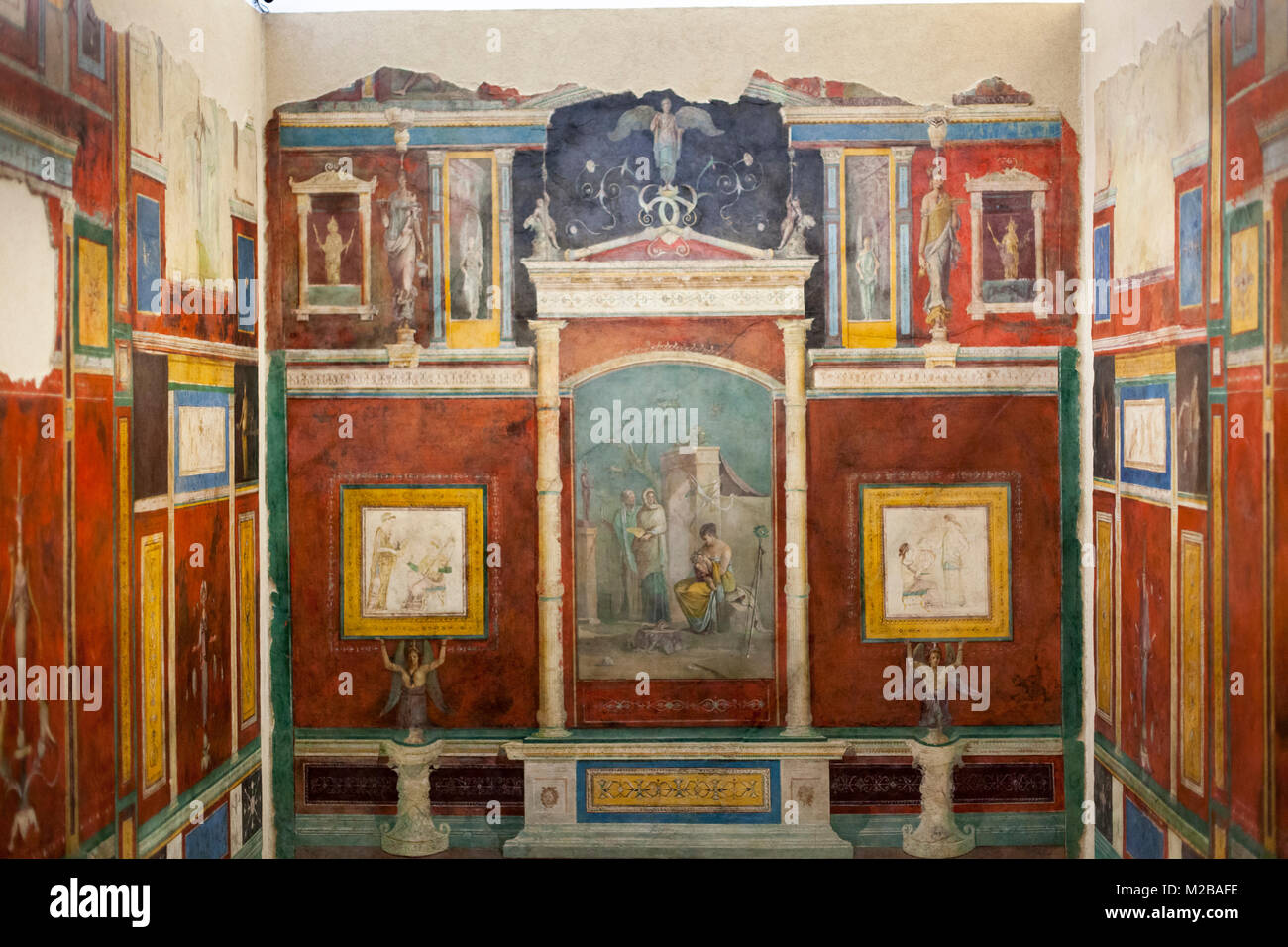2nd Style
1/15
There's no tags or description
Looks like no tags are added yet.
Name | Mastery | Learn | Test | Matching | Spaced |
|---|
No study sessions yet.
16 Terms
2nd Style
“The Illusionistic Style”, employs a lot of trompe l’oeil,
House of the Griffins
Rome, 100 BCE, use of trompe l’oeil but not solid orthogonals
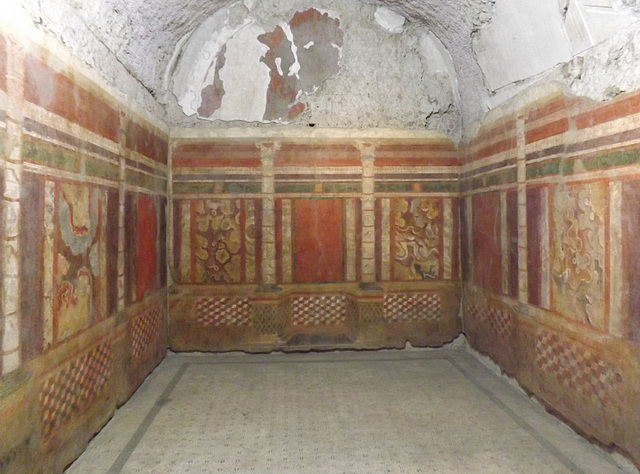
Villa of the Mysteries
contains scenes of Dyonisiac practices/ “mysteries” taking place.
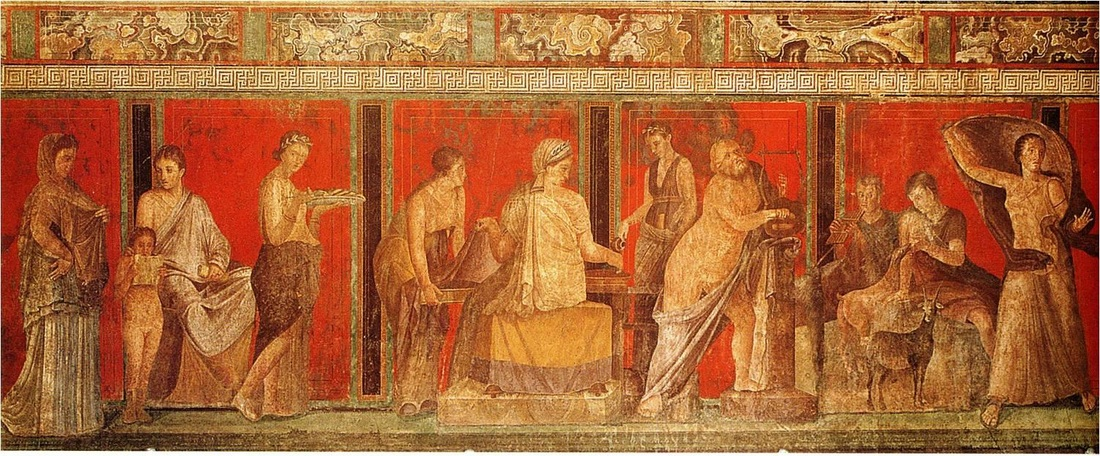
Villa of Synistor
Pompeii, 100 BCE, urban scenese and a tholos, trompe l’oeil doors close off implied space

Artists from this period
believed to have used their knowledge of theatre designs to create wall paintings
Villa of Poppea
Oplontis, belonging to Nero’s mistress, choragic monument

Odyssey Landscapes
Rome, 50-40 BCE, depicting books 10-12 of the Odyssey, one of the first examples of mythological painting, also somewhat programatic, reads like a scroll
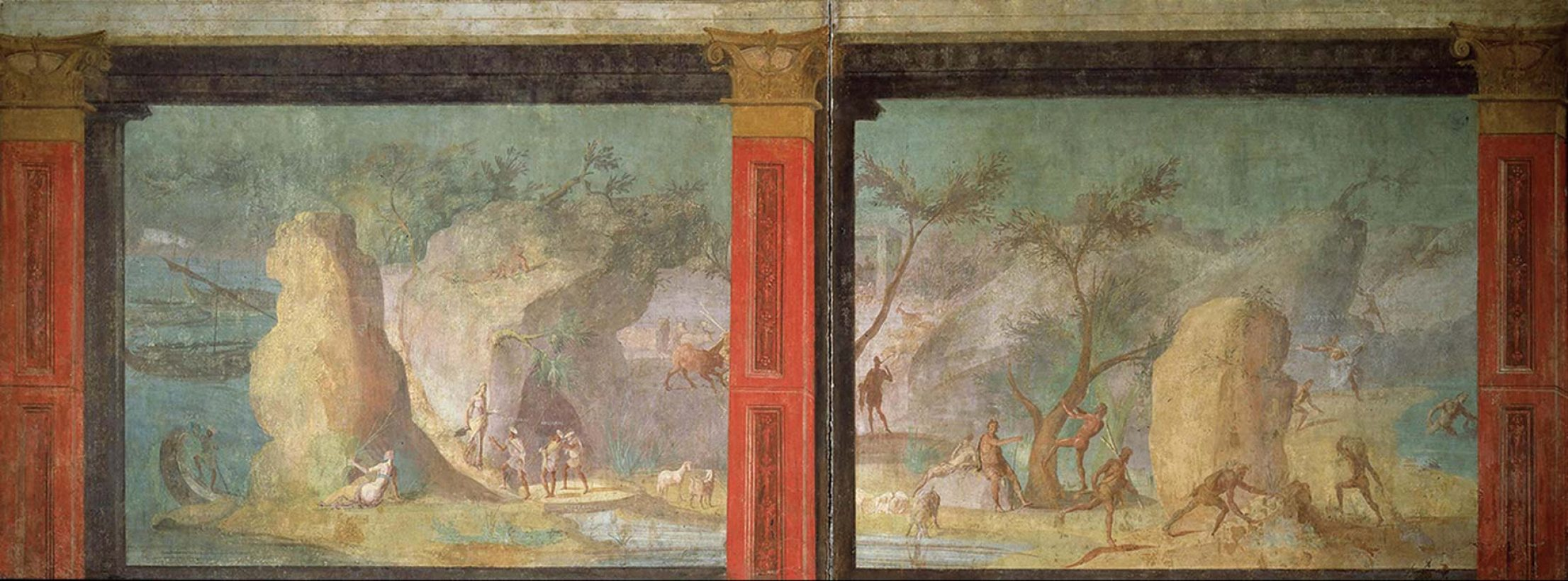
Villa of Livia
Primaporta, bride of Augustus, no architectural elements, more landscape painting, meant to mimic the outdoors

Altar of Augustan peace
Augustan classicism, Idyllic scene of Romulus and Remus nursing
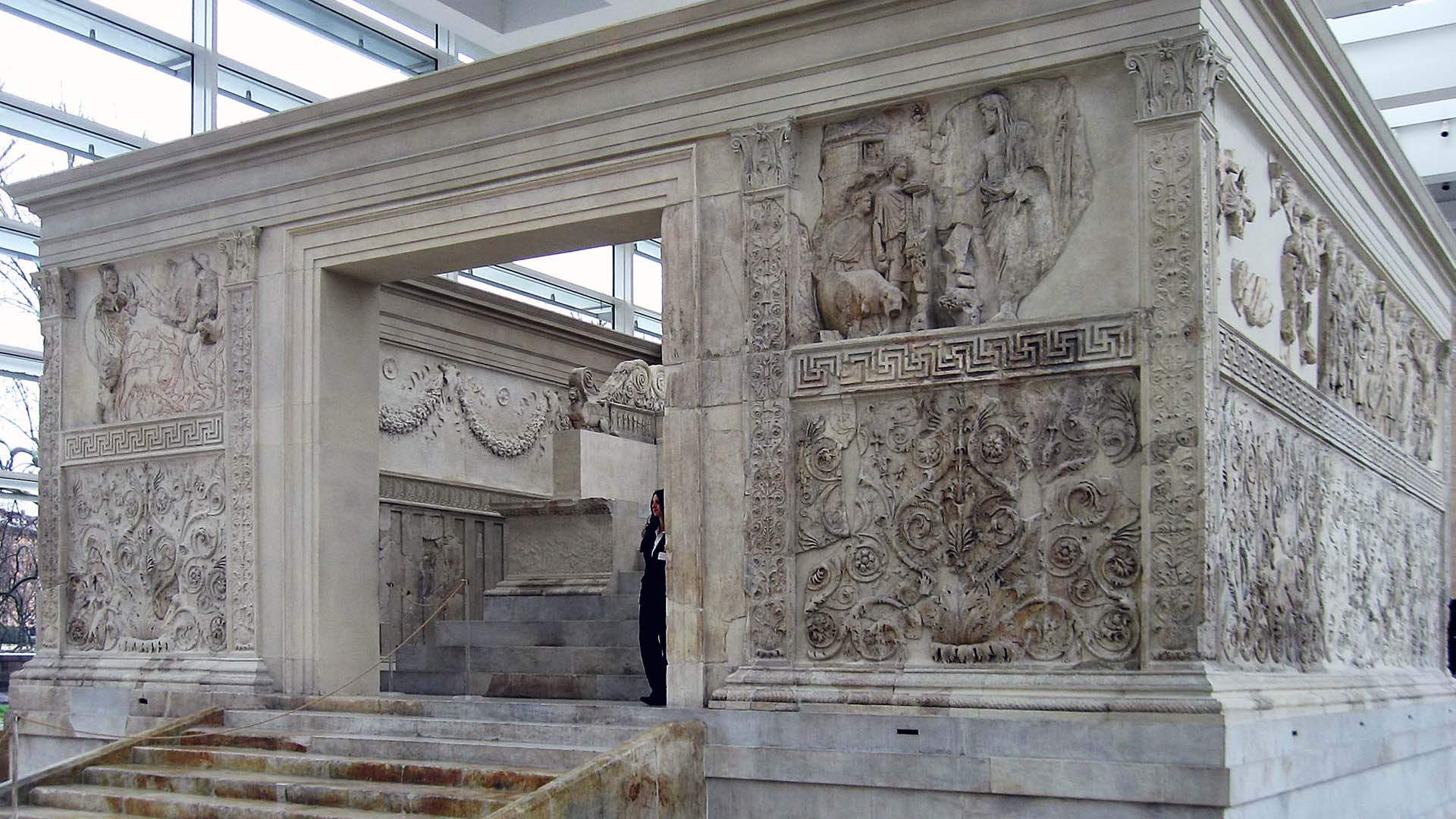
Augustan Classicism
A result of Augustus wanting to bring his people into more state of happiness, uses art as a form of propaganda
Room of the masks
Palatine Hill, 350 BCE, flimsier looking architecture, presence of orthogonal lines,
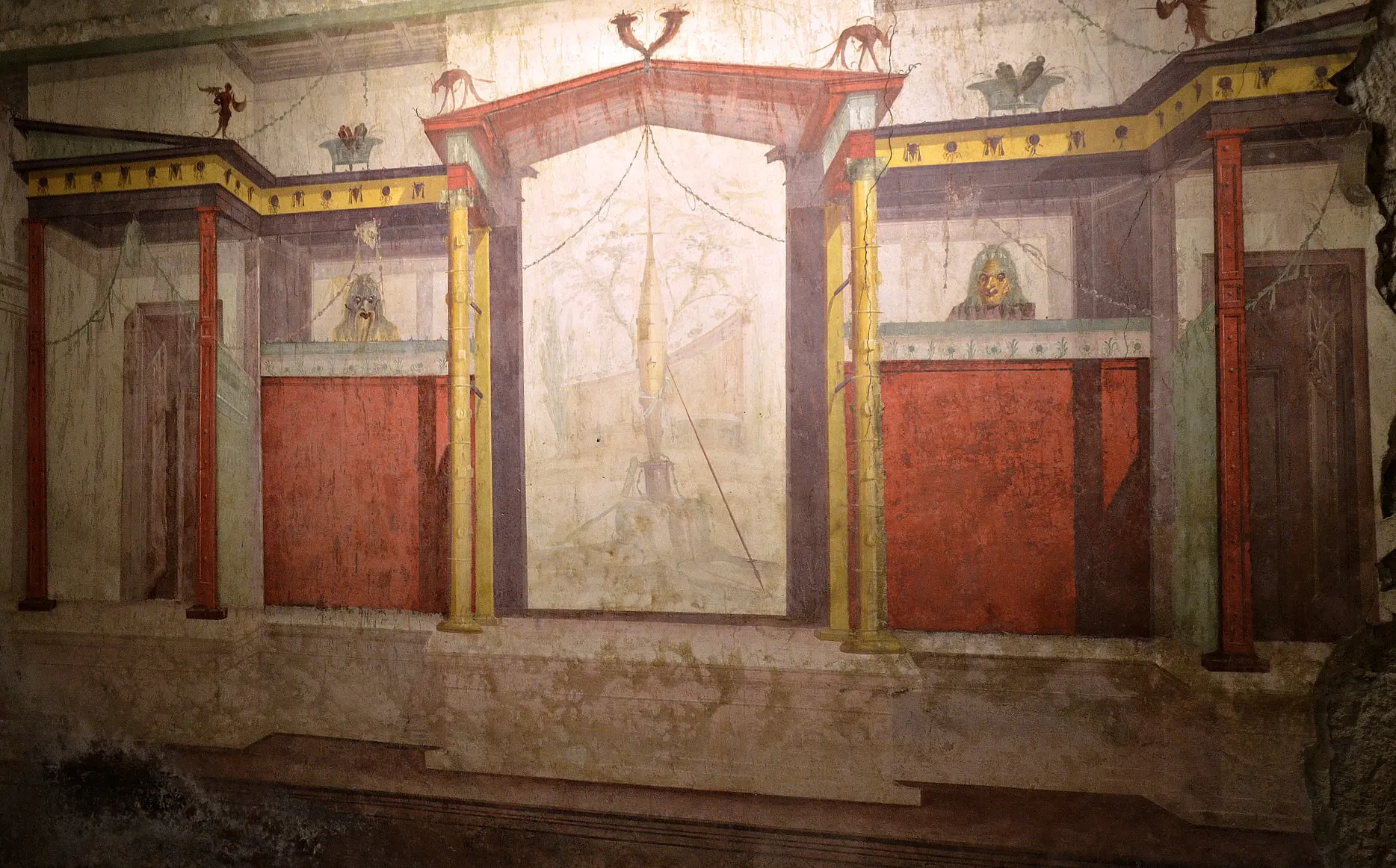
Sacral Idyllic Landscapes
Landscapes with shrines/ religious imagery
Room of the Pine Garlands
pillars and garland used to separate room segments
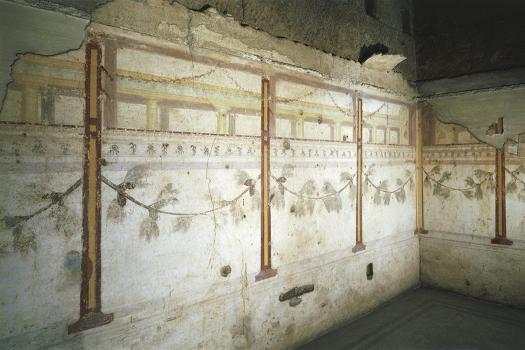
Tablinum, Villa of Livia
Palatine Hill, after 30 BCE, elements of egyptomania, attempts to find vanishing points, someone beginning of 3rd style
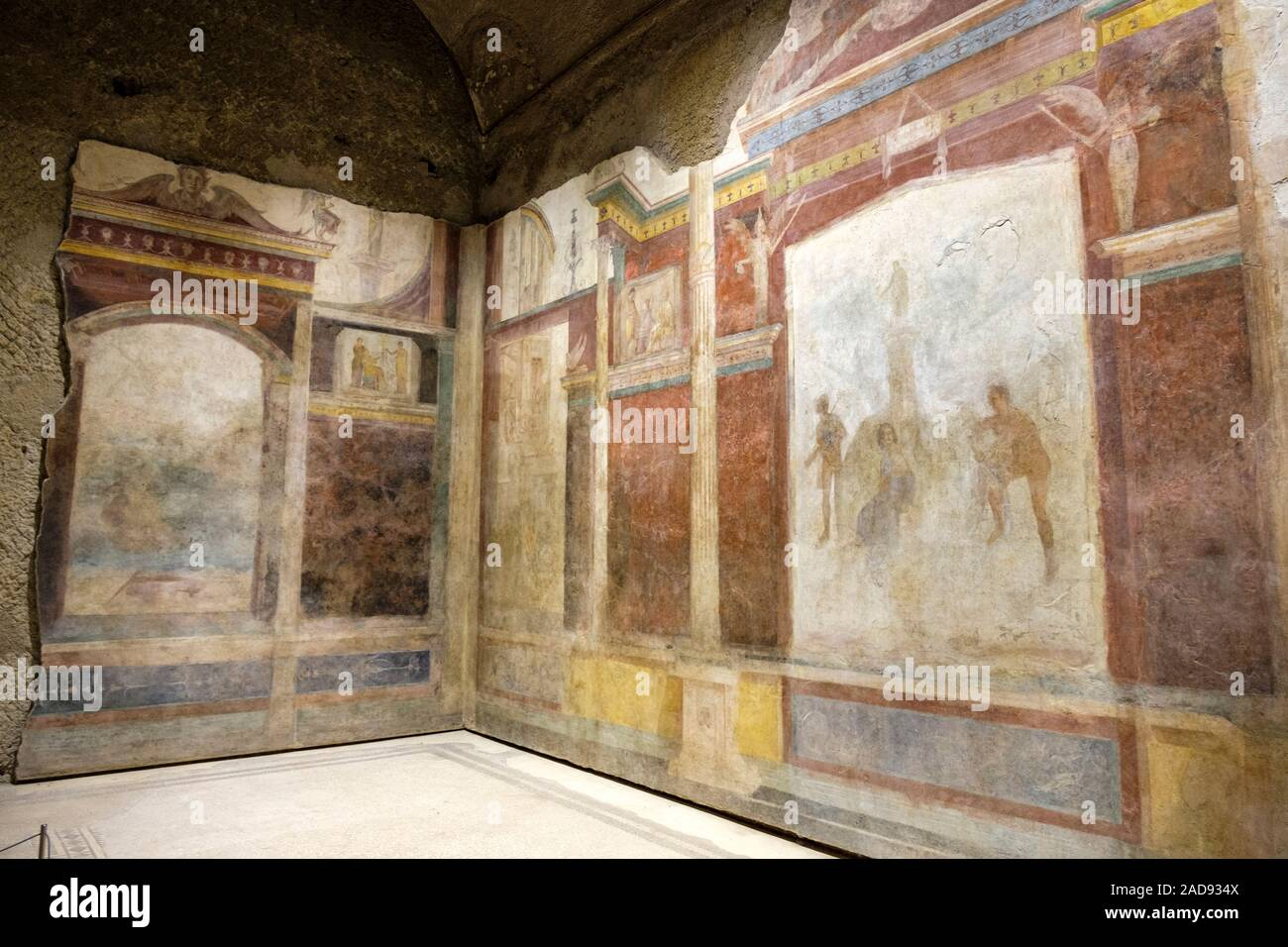
Villa Farnesina
flatness of forms, more evidence of transition to 3rd style
